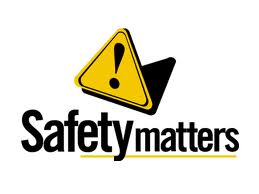For the ninth straight year, workers comp rates will decline in West Virginia as reported (e. g. http://www.statejournal.com/story/22901779/wv-sees-reduction-in-workers-comp) in the last week or so by various news outlets.

Quote Your West Virginia Workers Compensation Insurance and Save With Lower Rates.
This means West Virginia will continue its streak of having workers comp rate reductions every year since privatization occurred. The recommendation by the NCCI is for 8.8% reductions in the voluntary market and 8.5% in the residual market.
The current decreases are expected to take effect in November, and they will lead to an overall reduction in West Virginia workers comp rates of just over 48% since 2006. Not surprisingly, this news has been widely lauded (e.g. http://www.exponent-telegram.com/opinion/editorials/drop-in-worker-s-comp-rates-good-for-west-virginia/article_b112f38c-f582-11e2-93b6-0019bb2963f4.html).
The trend in West Virginia is in stark contrast to national trends in workers compensation insurance. Whether it speaks to just how broken things were with West Virginia workers comp insurance in the early 2000’s and before or other factors, another cost reduction is certainly welcome news for West Virginia business owners.
In any event, while most business expenses including workers compensation insurance rates have been continuing to increase in most parts of the country, that is not true with respect to workers comp rates in West Virginia. In fact, workers compensation insurance rates have been increasing 5-10% per year in most states each of the last few years.
If it is time to shop your workers comp insurance in West Virginia, we have numerous potential carriers to approach. Depending on business type, AmTrust, Applied Underwriters, FirstComp, The Hartford, Guarantee Insurance Company and Travelers are all strong carriers among others we represent for West Virginia workers comp insurance. If you as a business owner are not getting as much benefit from West Virginia workers comp rate reductions as you should be, let us see if we can help with a WV Workers Compensation Quotes.
While West Virginia has its fair share of higher risk occupations, another positive of these reduced workers comp rates in West Virginia is that they evidence safer working conditions in West Virginia (and a reduction in serious on the job injuries).
Its great in its own right that West Virginia business owners have created safer and more productive workplaces. It also shows the rest of the country that as statewide injury trends improve, it is possible to benefit from reduced workers compensation insurance rates.





